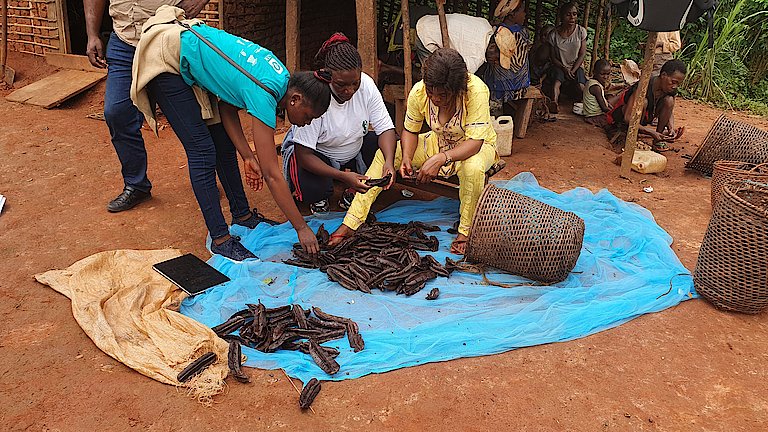About Devil's Claw
Devil’s claw refers to two plant species, Harpagophytum procumbens and Harpagophytum zeyheri, found mainly in central and northern Namibia. These perennial, tuberous plants have creeping stems and hooked fruits. They thrive in semi-arid environments with annual rainfall of 150-300 mm, adapting to drought through deep taproots and secondary storage tubers. Devil’s claw plays a crucial role in the biodiversity of its habitat, contributing to the ecological balance of the Kalahari savannas.
Overharvesting is the primary threat to devil’s claw, driven by global demand from the health and pharmaceutical sectors. Sustainability concerns have led to regulations like Namibia's Nature Conservation Ordinance of 1975 and the Access to Biological and Genetic Resources and Associated Traditional Knowledge Act of 2017. These measures, including permit requirements for harvesting and exporting, aim to protect the species. Sustainable harvesting practices, such as collecting only secondary tubers, help maintain plant populations and support ecological balance.
Devil's Claw Usage and Value Chain Development
Traditionally, the indigenous San people of southern Africa have used devil’s claw for its medicinal properties, treating ailments such as digestive disorders, fever, and pain. It is now popular in Western medicine for its anti-inflammatory and analgesic properties, used for conditions like osteoarthritis and lower back pain.
Harvesting is primarily conducted by rural communities in Namibia, Botswana, and South Africa, involving 10,000 to 15,000 harvesters who depend on this activity for income. The value chain includes harvesters, traders, and exporters, with the dried tubers mainly exported to the European Union. Despite the crucial role harvesters play, they often receive only a small fraction of the final product's value.
Efforts to improve the value chain include better organization of harvesters, fairer benefit-sharing mechanisms, and enhanced market access for health and beauty products made in Namibia. Addressing challenges like regulatory compliance, sustainable harvesting, and quality traceability is vital for Devil's Claw value chain development. This ensures that devil’s claw continues to provide economic benefits to rural communities while preserving biodiversity.

















